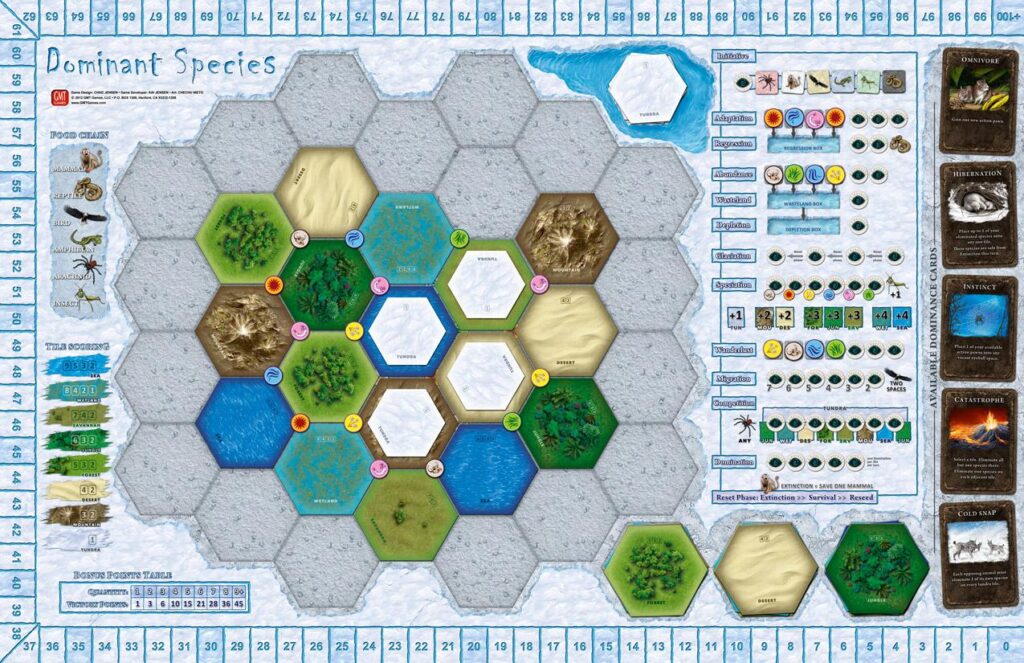Title: Recent Findings Illuminate the Influence of Key Species on Grassland Ecosystems
A recent study featured in Nature has revealed the significant impact that key species have on predicting plant diversity and biomass within grassland ecosystems worldwide. This comprehensive research highlights the intricate relationships between biodiversity and ecological health, providing essential insights for global conservation initiatives and land management strategies. As grasslands increasingly confront challenges from climate change and anthropogenic activities, grasping the elements that affect their productivity and diversity is more vital than ever. The results emphasize how a dominant species can act as an indicator of ecosystem health, offering guidance for safeguarding these crucial landscapes that span nearly 25% of Earth’s terrestrial area.
The Significance of Key Species in Grassland Ecosystem Dynamics
The structure and functionality of grassland ecosystems are deeply connected to the presence of key species, which serve as essential components supporting these environments. Key species often include specific plants that dominate in terms of abundance and biomass, significantly shaping overall community composition. Their dominance can enhance nutrient cycling processes and bolster soil stability—both critical factors for sustaining ecosystem vitality. For instance, plants like Sorghastrum nutans, commonly found in North American prairies, not only exemplify this dominance but also promote coexistence among various other plant types by altering their microhabitats through shading effects and enriching soil nutrients.
The influence exerted by dominant species extends to numerous ecological functions such as biodiversity levels and biomass production. Research indicates that ecosystems characterized by a high prevalence of dominant flora often exhibit increased plant diversity alongside higher biomass outputs. This correlation arises from their capacity to provide vital resources along with ecological niches conducive to subordinate species’ survival. A case in point is how interactions between prevalent grasses and local climatic conditions can dictate the flourishing potential of diverse herbaceous plants. Understanding these dynamics is crucial for developing effective conservation strategies aimed at preserving both biodiversity and functionality within grasslands while anticipating environmental changes.
Conservation Strategies Informed by Research on Dominant Species
The insights gained regarding the predictive role played by dominant flora concerning plant richness and biomass across global grasslands are invaluable for conservation efforts. Given that grasslands rank among the most endangered ecosystems globally, comprehending how dominant vegetation interacts with overall biodiversity becomes imperative. Conservation approaches could greatly benefit from adopting a more refined strategy focusing on:
- Identifying Crucial Species: Emphasizing protection measures for specific key species known to significantly influence community dynamics.
- Improving Habitat Connectivity: Ensuring interconnectedness among grassland habitats facilitates migration pathways for various species while enhancing resilience against climate fluctuations.
- Diversity Metrics Integration: Utilizing metrics related to plant richness alongside biomass as indicators when evaluating vegetation health or guiding restoration projects.
Additionally, tailored management practices may be optimized through localized assessments focused on key flora compositions within different regions’ ecosystems. By harnessing local ecological knowledge effectively, conservationists can implement targeted interventions responsive to each unique grassland’s characteristics. Below is a table showcasing potential management actions based on identified key species:
| Main Species | Sustainable Management Action |
|---|---|
| Sorghastrum nutans | Cultivate controlled burns to stimulate growth while enhancing biodiversity levels. |
| Panicum virgatum | Create rotational grazing systems aimed at preventing overgrazing while promoting regeneration efforts. |
Strategies for Promoting Biodiversity in Grasslands Management Practices
The stewardship over grasslands plays an integral role in fostering biodiversity—especially considering findings indicating how dominant flora serves as predictors regarding both plant richness levels along with overall biomass production capabilities within these systems’ contexts.
Effective management practices should encompass:
- Diverse Grazing Techniques: Implementing rotational grazing methods encourages varied vegetation growth patterns while curbing excessive dominance from particular species.
- Cautious Burning Practices: Periodic controlled burns rejuvenate grassy areas by mitigating invasive threats whilst nurturing native growth patterns.
- Restoration Initiatives Focused On Native Flora: Integrating indigenous plants into restoration endeavors enhances resilience against environmental stressors whilst supporting local wildlife populations.
- Regular Monitoring Of Ecological Composition: Conducting frequent evaluations concerning both animal & botanical communities informs adaptive management techniques necessary towards maintaining healthy ecosystems.
An additional layer involves engaging communities actively participating throughout conservation initiatives since local farmers & landowners hold significant sway over managing these precious landscapes effectively. Strategies designed around bolstering community involvement might include:
- Informative Workshops: Raising awareness surrounding ecological significance tied directly back towards sustainable agricultural practices fosters greater understanding amongst stakeholders involved
Strong > Li >- < Strong >Incentive Programs For Sustainable Practices Implementation: Establishment rewards encouraging adoption environmentally friendly methodologies drives participation rates upwards
Strong > Li >- < Strong >Collaborative Research Engagements With Local Stakeholders: Fostering shared responsibility through joint research projects cultivates deeper connections between people & nature alike
Strong > Li >
Ul >Conclusion: The Path Forward for Grassland Conservation Efforts
The pivotal study emphasizing how influential key flora predict both plant richness levels alongside total ecosystem productivity offers profound revelations about underlying dynamics governing our planet’s vital grassy terrains. < br />As researchers delve deeper into unraveling complex interspecies relationships existing amidst diverse environments worldwide—the importance placed upon conserving rich biological variety cannot be overstated! Facing mounting pressures stemming primarily due human activity coupled with ongoing climate shifts necessitates heightened awareness surrounding such interactions moving forward! Ultimately nurturing robust healthy grassy habitats proves essential—not solely benefiting myriad forms life dependent upon them—but also ensuring livelihoods sustained reliant upon abundant natural resources available therein! These findings extend beyond mere academic interest—they call forth urgent action required maintain delicate equilibrium present across cherished landscapes future generations deserve inherit intact!
- < Strong >Incentive Programs For Sustainable Practices Implementation: Establishment rewards encouraging adoption environmentally friendly methodologies drives participation rates upwards
